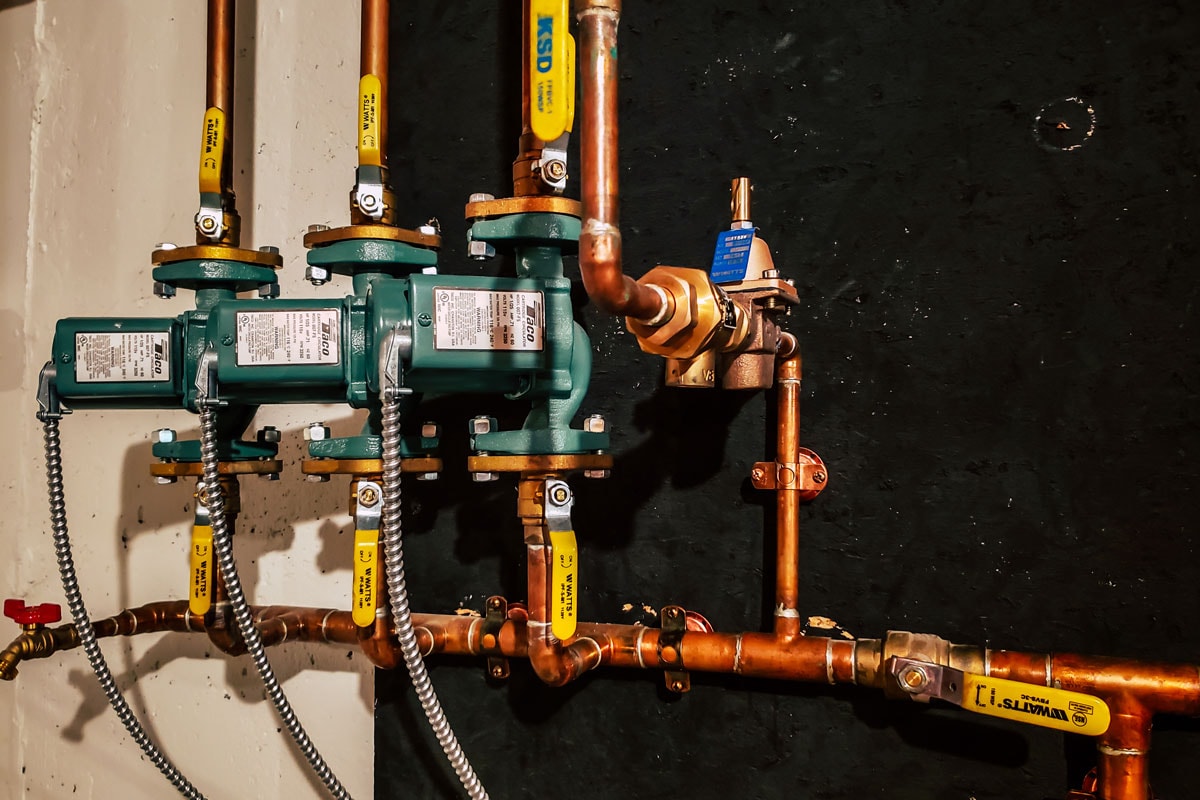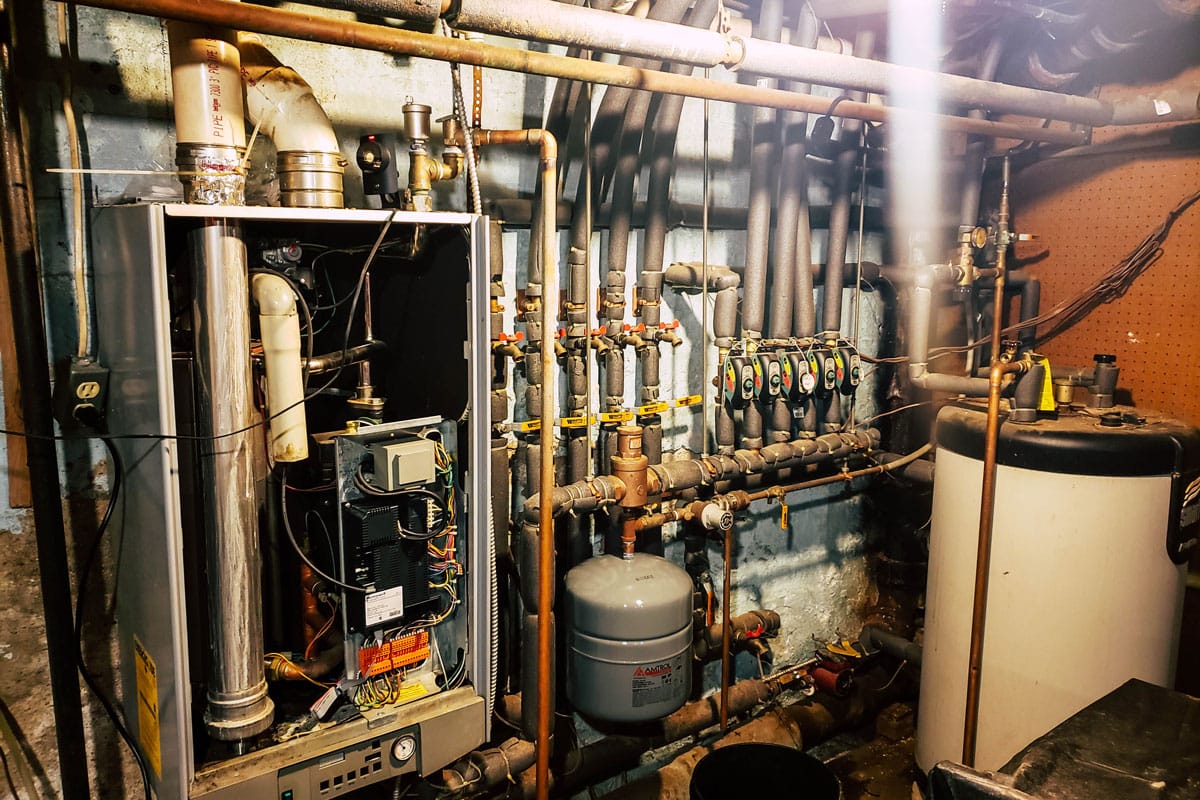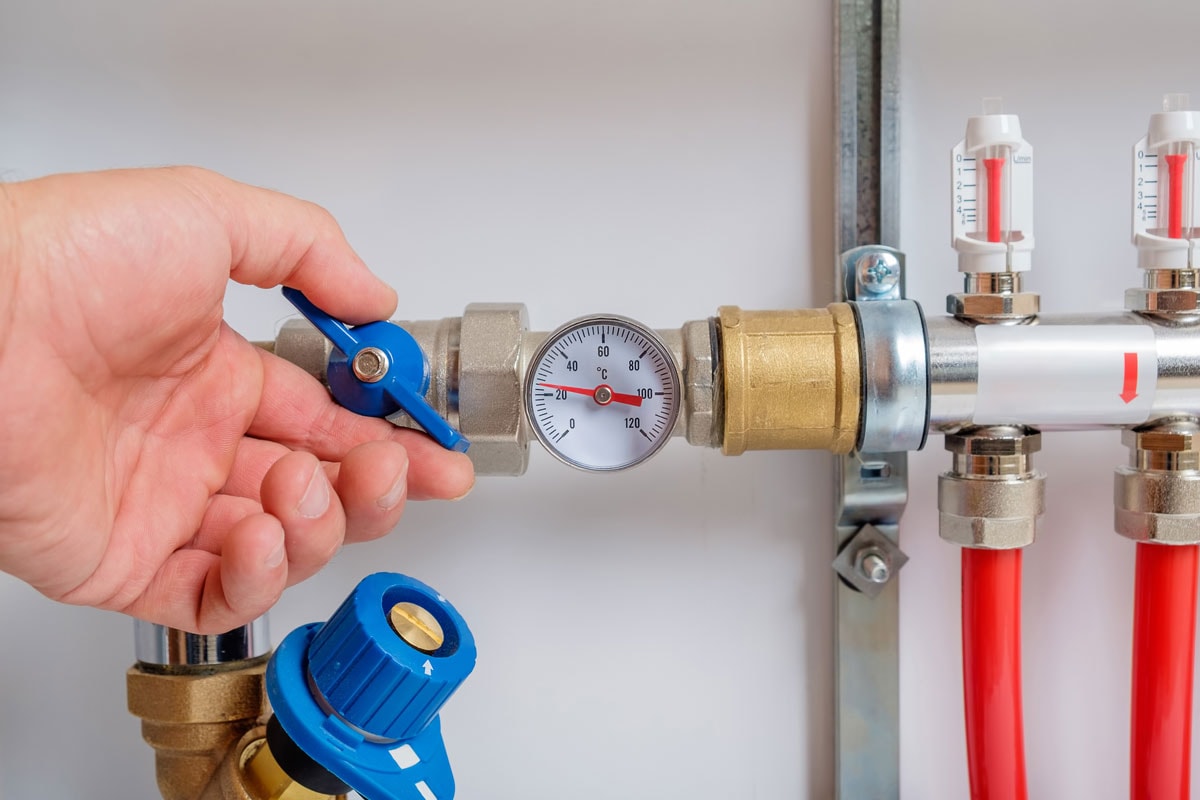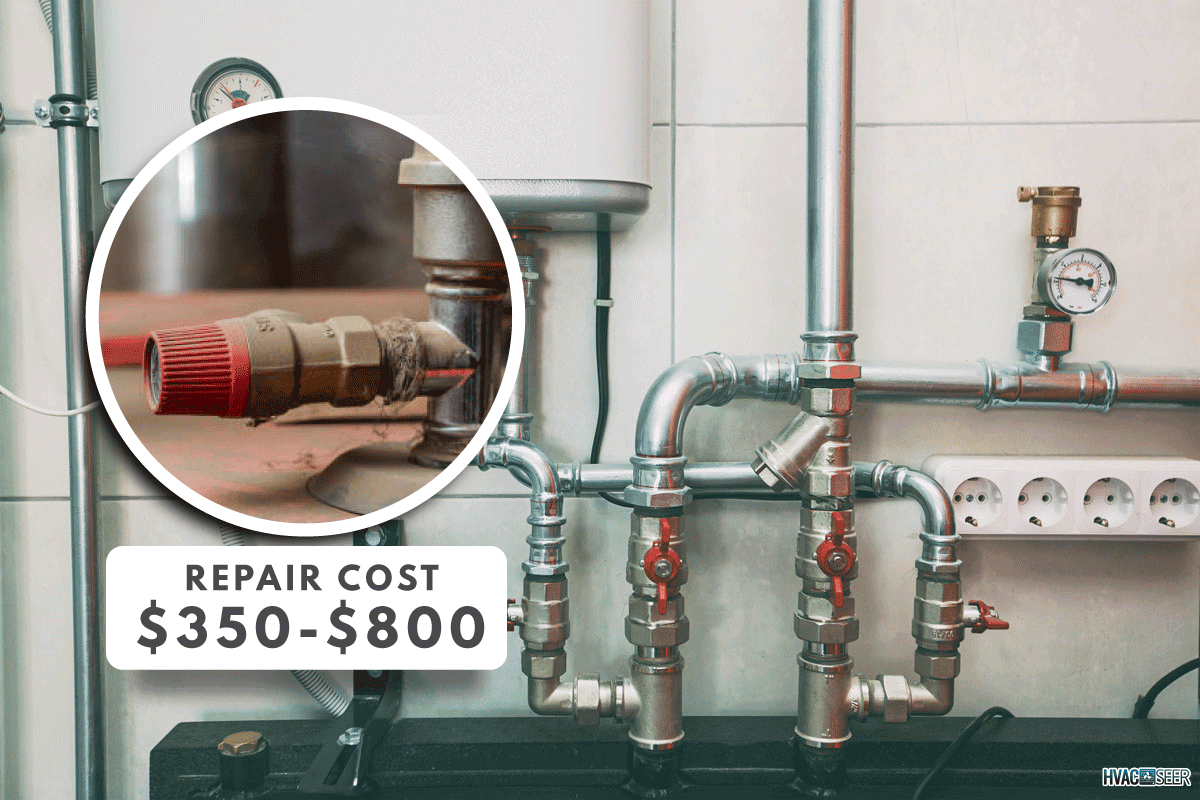If your furnace zone valve is stuck open, you may be wondering about the cause of the problem and how to fix it. Fortunately, we have done the legwork for you, and here is what we found below!
The following are possible reasons why your furnace zone valve is stuck open:
- Burnt motor
- Faulty valve assembly
- Corrosion
- Power failure
- Pressure fluctuation
- Dirt
If you notice this problem, deal with it as soon as possible. Keep reading to get detailed information on handling a furnace zone valve that won't close. With that said, let's dive right in!
Why Is My Furnace Zone Valve Stuck Open?

If you are familiar with a zone valve, you could figure out the various factors that could impede its smooth operation.
A hydronic heating or cooling system requires a specific kind of valve known as a zone valve. It regulates the quantity of hot water delivered to a particular location within your house.
These aren't present in all furnaces; you will only have them if your heating system allows you to set different temperatures for individual sections. Each zone or piping loop in these heating systems has a thermostat connected to a furnace zone valve.
When the thermostat in the corresponding area is adjusted to a higher temperature, the valve flips open, allowing more hot water to flow into the system.
In the opposite direction, if you turn the thermostat down, the valve will either reduce or stop the flow of hot water. If you adjust the thermostat and the zone valve won't close, this indicates a problem.
A wide variety of issues can lead to this, but the following are the most common:
Burnt Motor
If the zone valve doesn't have adequate ventilation for heat dissipation, then overheating is possible, eventually leading to motor failure.
Also, the power supply, wiring, and incorrect voltage or current can all lead to the breakdown of the motor. Because of this, the motor will get burnt.
If this occurs, it indicates that one of the zone valve's internal components is failing, causing the valve to become inoperable.
Since opening torque can build up over time, it is recommended that you perform monthly checks by actuating the valve to ensure it functions correctly.
Faulty Valve Assembly
Internal parts of the system and how they are interconnected are crucial, so they must be taken care of as soon as possible.
Corrosion
Zone valves, usually made of metal, are used as passageways for the water at very high temperatures. As such, zone valves commonly encounter corrosion.
Rusting and corrosion of zone valves can be caused by various factors such as water concentration, temperature, and pressure drop.
These factors can impair and negatively affect its performance. The poor performance can be identified by its poor sealing and lack of flow control. In most cases, this will cause the valve to become stuck open.
Power Failure
A zone valve is a device that requires power to operate. It receives its electrical power, direct current at 24 volts, from a transformer that operates at 24 volts DC and is installed within the furnace.
To ensure that the zone valve performs as intended, it must have sufficient electrical power. The zone valve gets electrified and opens up when the thermostat requests heat delivery.
Once the zone valve is fully opened, an end switch within will close. However, if power loss occurs due to an electrical problem and the zone valve is not receiving sufficient power, it may not function.
As a result, even if you want the thermostat to close the valve, the zone valve will get stuck in the open position and won't close since it isn't getting enough power.
Pressure Fluctuation
Pressure fluctuations hurt the operation of your zone valve and could damage it.
When there is an imbalance in the pressure acting on the zone valve, it makes a noise when it opens and closes. The furnace may still function, but ignoring the problem could lead to leaks.
Even though the pressure difference is almost always the primary cause of these leaks, water hammering can occasionally be the culprit.
Due to leaks, the effectiveness of your zone valve will diminish over time. As a result, the valve could suffer damage that renders it inoperable.
Dirt
A clogged or broken water filter allows sediment and other debris to enter the pipe. Metal particles, hard water deposits, metal shavings, and other dirt particles are known to find their way into pipes.
These make it difficult for your zone valves to function correctly. They pose a risk to the internal components of the valve, which could impede the zone valves' functionality.
When dirt finds its way into the pipe, your furnace's zone valve will become contaminated and blocked, which may cause the valve to be stuck or unable to close correctly.
Click here to view this zone valve on Amazon.
What Should I Do If My Furnace Zone Valve Is Stuck Open?

If your furnace zone valve is stuck open, do the following:
Check The Motor
A malfunctioning motor usually causes the failure of a zone valve to close in most cases. As such, you should make checking the motor your very first priority.
To determine whether or not the motor is operating as it should, take a hammer and hit it a little. If the lid is closed after hitting it, the power head is not functioning correctly.
If the valve remains open after the hit, this indicates that the motor is not the source of the problem; nonetheless, you may need to continue troubleshooting for other causes and damages to the valve.
Replace The Valve Assembly
If your furnace zone valve is stuck open due to a faulty valve assembly, consider getting replacing the whole valve assembly.
When carrying out the replacement, you will need to solder a good valve into place. Also, placing a mark on all the parts is recommended to make the installation process easier.
Check For Power Failure
Carefully check the power supply. Ensure the voltage, current, and frequency are in the right amounts. Check the connections to ensure that they have been installed correctly.
If they are not, the wiring may need to be reconnected. If there is a requirement to replace the wires, then you should do so.
Clean The Valve
Since contamination can obstruct a valve, leading to failure, you should clean all parts carefully. Make sure to get rid of any foreign particles, rust, sand, or dust that may be present.
Call A Professional
After trying the above solutions and your zone valve still won't close, it is recommended to seek the help of a heating and air professional. A faulty zone valve is usually a sign of significant issues in the furnace, so it is best to let a professional handle it.
How Long Does A Furnace Zone Valve Last?

The lifespan of a zone valve may vary. The condition of your system, the frequency of use, and how it is maintained will determine how long the valve will last.
However, your zone valve is expected to last for up to 20 years on a heating system if it is well-maintained and used normally.
On the other hand, if the heating system is poorly maintained and used frequently, the valve's life expectancy will decrease.
How Do You Test A Furnace Zone Valve?

The best way to test if a zone valve is working correctly is to turn the thermostat up, and you should feel and hear hot water moving around the heating elements.
After turning the thermostat to the maximum level and hot water is not distributed across the area, the zone valve can be forced open by pulling down the lever.
If the zone valve's lever slides down without any resistance, it is unlikely that this is the source of the issue. But if the lever is hard to pull down, it shows the zone valve may be malfunctioning.
How Much Does It Cost To Repair A Furnace Zone Valve?

The problem will determine how much it will cost to replace or repair the furnace zone valve.
If a zoning valve fails, certain areas of your home may become uncomfortably cold, while others may lose their ability to retain heat entirely. Repairing a zoning valve typically costs anywhere from $350 to over $800.
To Wrap Up
If your furnace zone valve fails to close, this could be due to a burnt motor, faulty valve assembly, corrosion, power failure, pressure fluctuation, and dirt.
To deal with this issue, you must check the motor, replace the valve assembly, check for power failure, and clean the valve. Don't hesitate to call a professional if you cannot solve the problem alone.
Made it to the end? Check out these related articles!
When Is A TXV Valve Really Needed?

